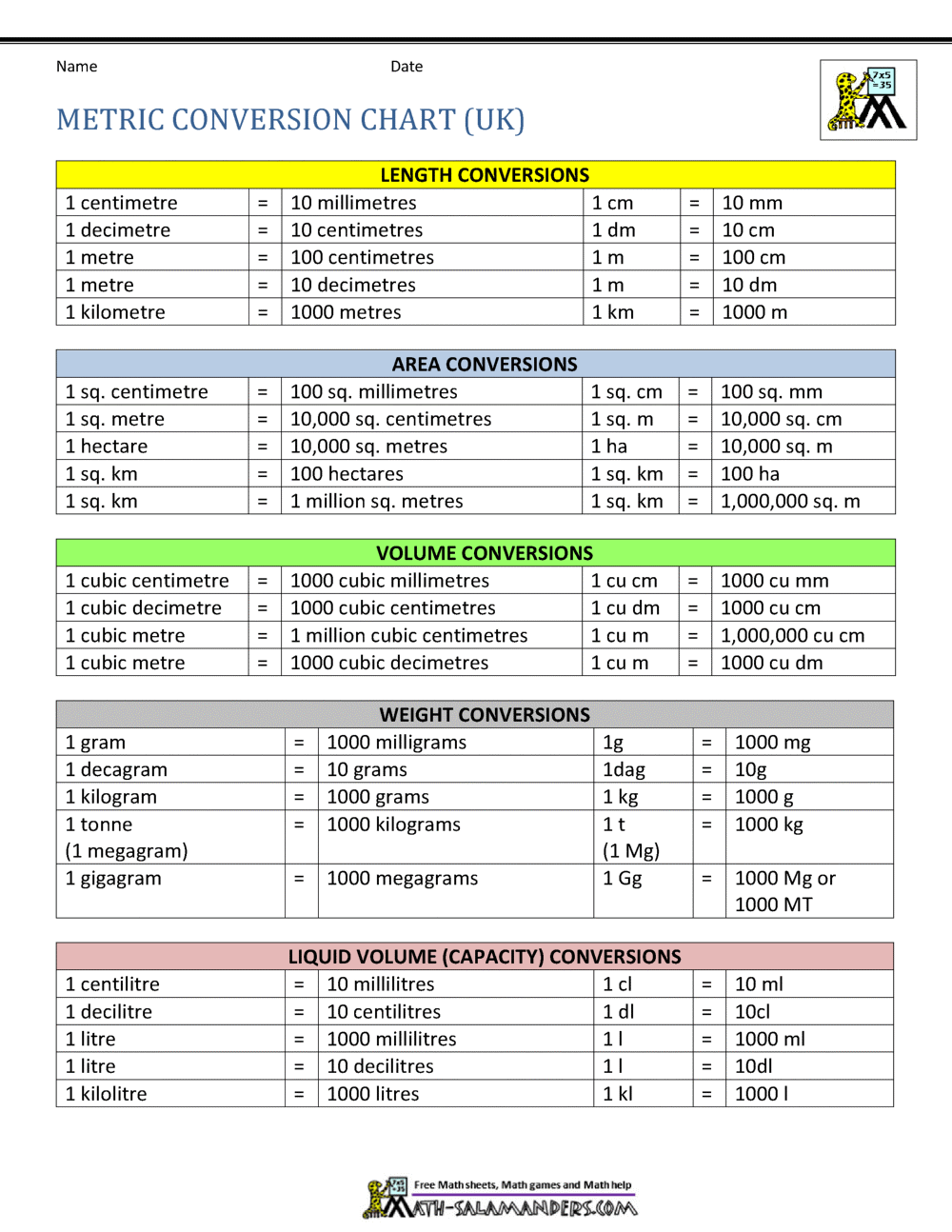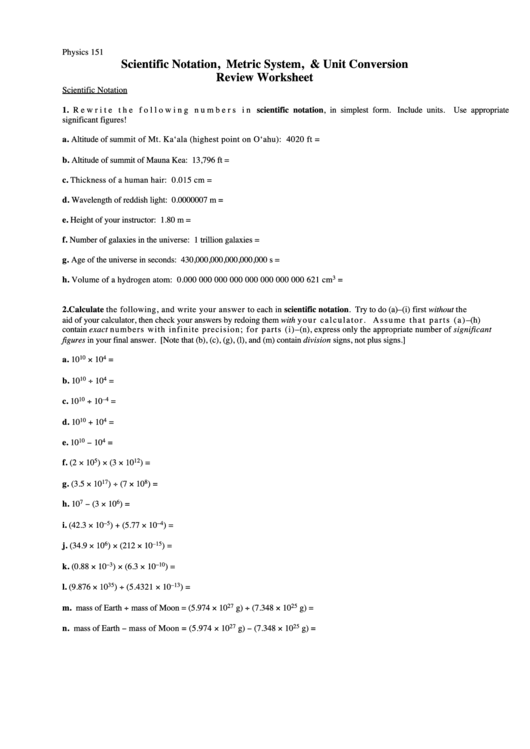

A negative exponent indicates that the decimal point is shifted that number of places to the left. In scientific notation a positive exponent indicates that the decimal point is moved that number of places to the right. Many of the variables for radiation equations are written in scientific notation, so you will be to become comfortable converting numbers to and from scientific notation as well as adding, multiplying and dividing numbers in scientific notation.Ĭonverting from "Normal" to Scientific Notation Therefore scientific notation is often used to write these numbers. When we are discussing electromagnetic radiation we are often dealing with both very large and very small numbers. Eric M.Scientific Notation & Metric Prefixes Scientific Notation


Wenner, Geology Department, University of Wisconsin Oshkosh,Īnd Dr. This page was written and compiled by Dr. These pages include a list of rules for the mathematics of fractions, reducing fractions, multiplying fractions. SOS Math has an entire unit on fractions.
SCIENTIFIC UNIT CONVERSION HOW TO
Oak Road Systems (Stan Brown) has a discussion of converting units and how to go about it.has a page with step by step instructions for dimensional analysis and some fun with dimensional analysis.Alabama Learning Exchange has a handout about basic mathematical skills needed for the workplace.Help with unit conversions (dimensional analysis) The engineering department at Auburn University has a long list of conversion factors.The geology department at Rutgers has a list of important conversion factors in geology.SOSMath has several tables of conversion factors for linear measure (length/distance), square (area) measure and 'cubic (volume) measure'.There are specific tables for metric units of measure, US units of measure and US and metric equivalents. NIST (National Institute of Standards and Technology) has an extensive list of weights and measures.I still need more help! (See the links below for more help with unit conversions). I'm ready to practice! (These problems have worked answers.) Geologic time - converting time, rates of deposition, etc.Glaciers - converting rates of flow (or retreat), etc.Rivers and Streams - converting rates of flow, slope, etc.Plate tectonics - converting rates of plate motion, etc.Where are unit conversions used in the geosciences? If you are rusty about what the prefixes mean for the metric system, you can review the order of magnitude for a "femtogram" or "gigabyte" or any other SI unit using the metric prefixes (Acrobat (PDF) 7kB Aug31 11) document available earlier on the page. So that you only have to divide 25 by 10. The nice thing about dividing numbers in the metric system is that when you get to the end, you can actually cancel out the zeros in the fraction (remember, you have to cancel the same number on the top and bottom - there may be a few left over in either the numerator or the denominator). Just a quick note about the metric system: Although the US is one of the last hold outs on the imperial or English system of measurement (inches, miles, ☏, etc.), the metric system is often much more intuitive because it is a system of base 10 numbers. DO NOT SKIP ANY STEPS! Although it may seem tedious, working through unit conversions requires that each of these steps be followed so that you can be sure that you end up with what you want, especially when you are just starting out with learning to do unit conversions.Ĭomparison of 25 degrees C with 25 degrees F. Although there is no single "right" way to do unit conversions, these steps provide one way to learn to do unit conversions. You can do any unit conversion if you follow a few simple steps. Luckily, there are some simple steps that, if followed, can help you complete unit conversions with relative ease. This may seem difficult at first, but it is crucial for anyone studying geosciences to be able to move easily from one unit to another (with a little calculation, of course). In addition, a geoscientist who lives in the United States needs to be able to think in terms of English and metric units - the public thinks in terms of English units (miles, gallon, etc.) and the scientific community uses SI units (kilometers, liters, etc.). So, we have to be able to think about thousands of km and a few mm when talking about the same feature. Geologic map of the San Andreas fault system from the USGS But we talk about movement on the fault in terms of mm per year.


 0 kommentar(er)
0 kommentar(er)
